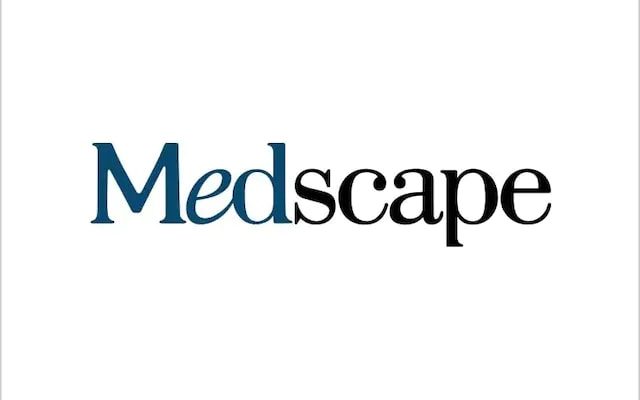(Reuters) – Lack of access to extracorporeal membrane oxygenation (ECMO) has contributed to U.S. deaths during the pandemic, according to new data.
At Vanderbilt University Medical Center in Nashville, researchers tracked 90 critically ill COVID-19 patients who were medically eligible for ECMO from January to August 2021. Half were under age 40 and most were otherwise healthy. Overall, 39% received ECMO, including some who had to be transferred to another hospital to get access to the treatment.
Among those for whom ECMO could not be arranged – for lack of equipment, intensive care beds, or nurses – 89% died, roughly twice the 43% mortality rate in the ECMO-treated group, the researchers reported in the American Journal of Respiratory and Critical Care Medicine.
With ECMO, “every patient needs their own nurse, which is very difficult… when you are already managing shortages of nursing staff,” said Dr. Jonathan Dale Casey. Providing ECMO may mean not having room for other COVID patients or canceling urgent procedures for non-COVID patients, he added.
Because many ECMO-treated patients die given the severity of their condition, “I think many doctors and hospitals wondered during the pandemic whether ECMO was worth the intensive resource investment,” Casey said. “I hope our article answers that question. Our goal with writing it was to make the public aware that people were not getting this life-saving resource because of resource limitations, and to encourage investment in ECMO infrastructure.”
SOURCE: https://bit.ly/3K749ge American Journal of Respiratory and Critical Care Medicine, online February 24, 2022.
Source: Read Full Article
